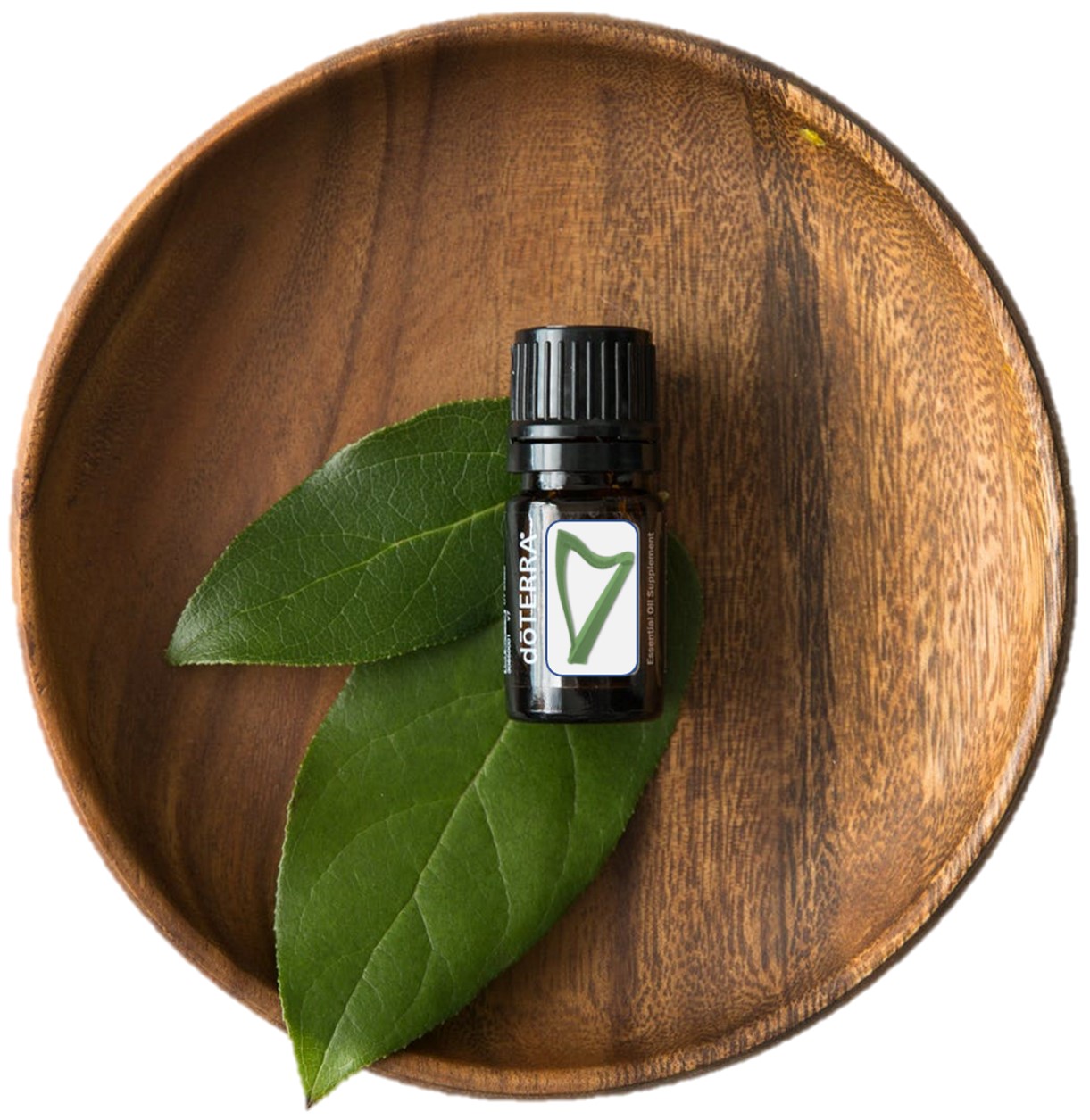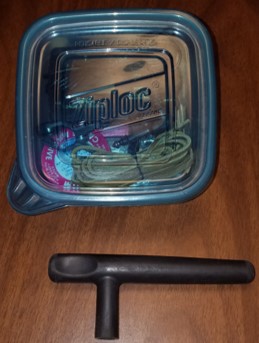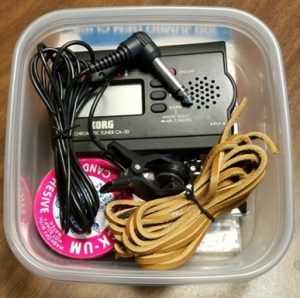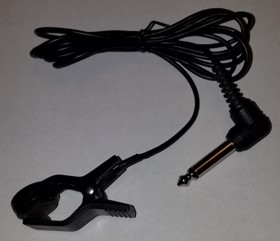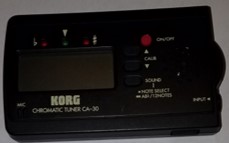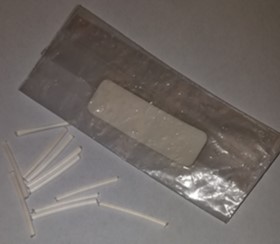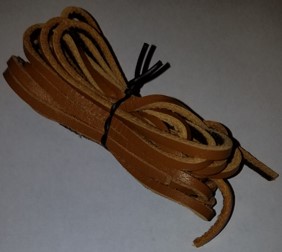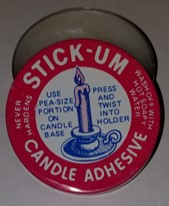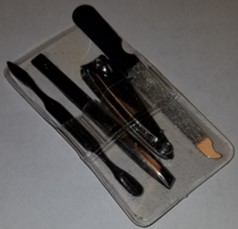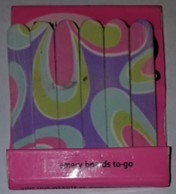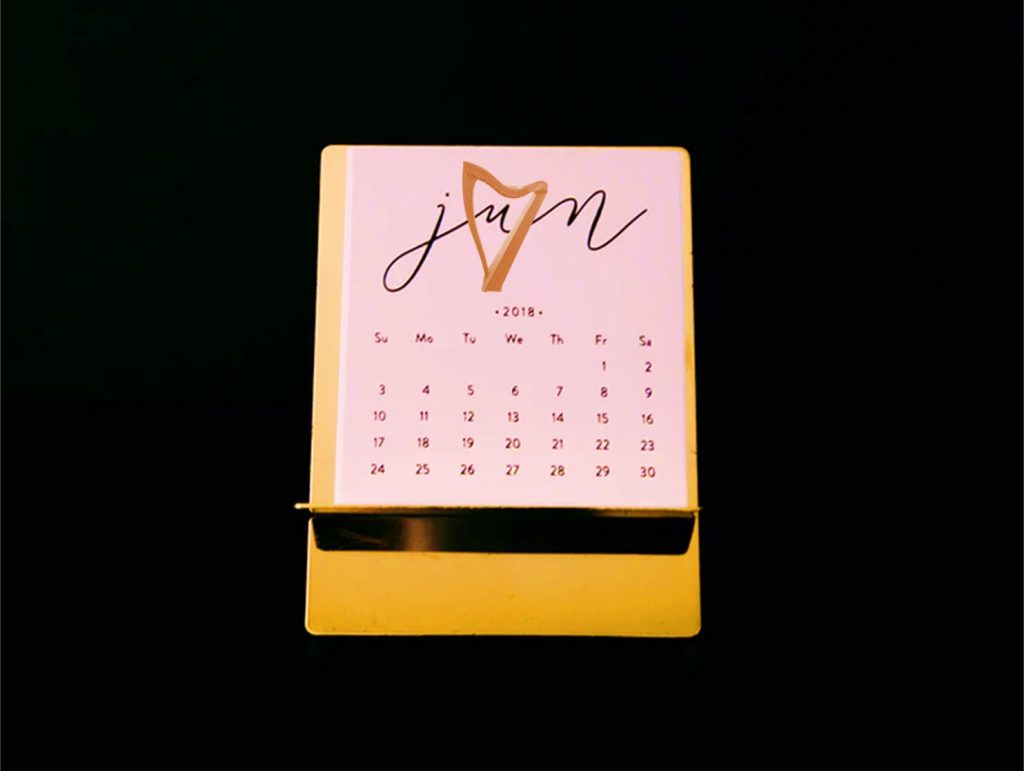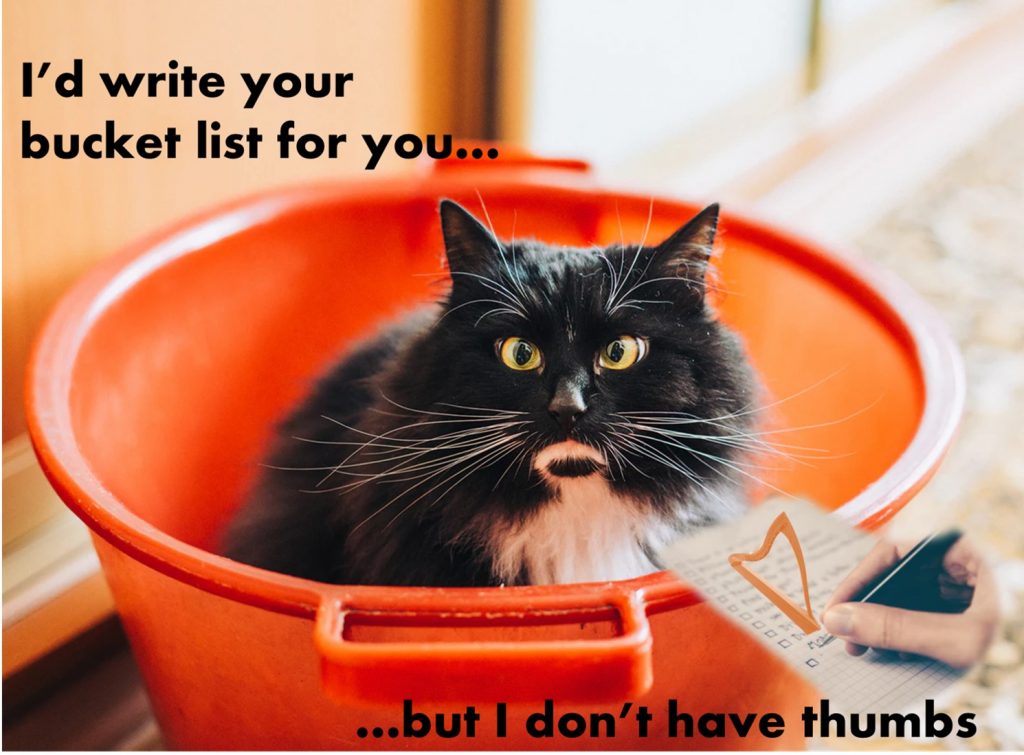One of the tenets of maintaining and growing your creativity is to always be trying something completely different. And here we go! This week I wanted to share another way to get yourself to your bench – by getting dinner on the table quickly but satisfyingly.
By sharing…a recipe!
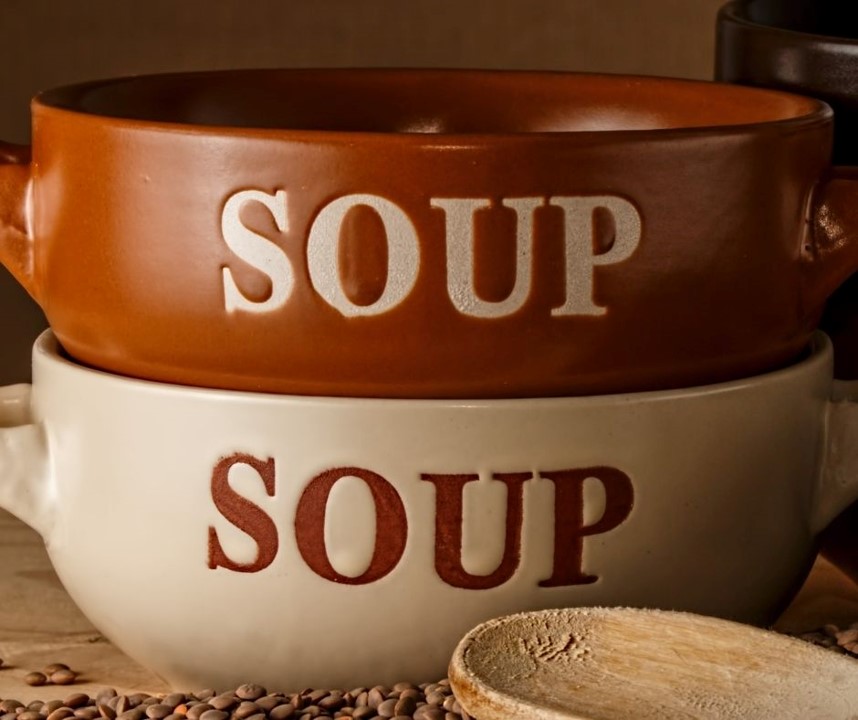 You may (or may not) know that I h-a-t-e to cook. I can cook. And I can cook well enough – with only a few minor catastrophes which I love to share (just to get out of it as much as possible). But I don’t find it enjoyable. As a chore it ranks slightly behind cleaning the bathroom.
You may (or may not) know that I h-a-t-e to cook. I can cook. And I can cook well enough – with only a few minor catastrophes which I love to share (just to get out of it as much as possible). But I don’t find it enjoyable. As a chore it ranks slightly behind cleaning the bathroom.
But you do know that what I do find enjoyable is trying new things. Whether you’re good at it or not doesn’t matter, just giving it a go is worth all the outcomes.
So, I’m trying something new – sharing a recipe that I made up and hoping it is interesting (or at least amusing) to you. I know you’ll let me know what you think! Like all my projects, I sort of make it up as I go while hoping for the best. I’d urge you to do the same thing. Start where you are and end up where you got. Improvise. Try new things. Keep what you like. Add other stuff. Remember to write down what you liked (and note what you didn’t like so you don’t do it again).
Of course, the main point is getting yourself fed so you can get back to playing!
I hope you’ll give it a shot and let me know what happens. Even better, if you have a similar recipe that you have honed for yourself and are willing to share, I’d love to hear about it.

Jen's Really Good Potato Soup
Equipment
- Soup pot
Ingredients
- 2.5 lbs White potatoes, diced (or purple or golden or whichever you like best)
- 1 Tbs Salt (to boil potatoes)
- 2 Tbs Butter (Salted or un-, as you wish)
- 1 med Onion (use as much or as little as you like)
- 1 soupcon Garlic (to your palate)
- 4 cups Potato water from the water you boil the potatoes in
- 6 Chicken bouillon cubes
- 2 cups Heavy cream (you only live once, eat the cream)
- 2 cups Cheddar cheese shredded divided
- 15 slices Bacon cooked and minced
- 1 smidge Nutmeg (ground) to taste - you can always add more later so don't overdo it up front!
- Bacon bits for garnish
Instructions
- Dice the potatoes (so they'll cook faster) - peel or don't, as you prefer. I don't.
- In the soup pot, bring 6 - 8 cups of water, the diced potatoes, and the salt to a boil until tender - about 15 minutes.
- Put a colander in a large mixing bowl (or large pot). Pour the boiled potatoes into the colander and drain the water into bowl or pot. Set aside 4 c of the water and discard the remaining water.
- Return the soup pot to the stove and over medium heat, melt the Butter. Then add the onion and garlic and cook until translucent.
- Add the 4 c of water and the potatoes and bring to a simmer. Add bouillon cubes and dissolve.
- Reduce heat to low and add the cream (slowly and carefully), half the shredded cheese, the bacon, and the nutmeg. Return to simmer.
- To serve, top with remaining cheese and bacon bits to garnish. Serve with crusty bread.
Notes

